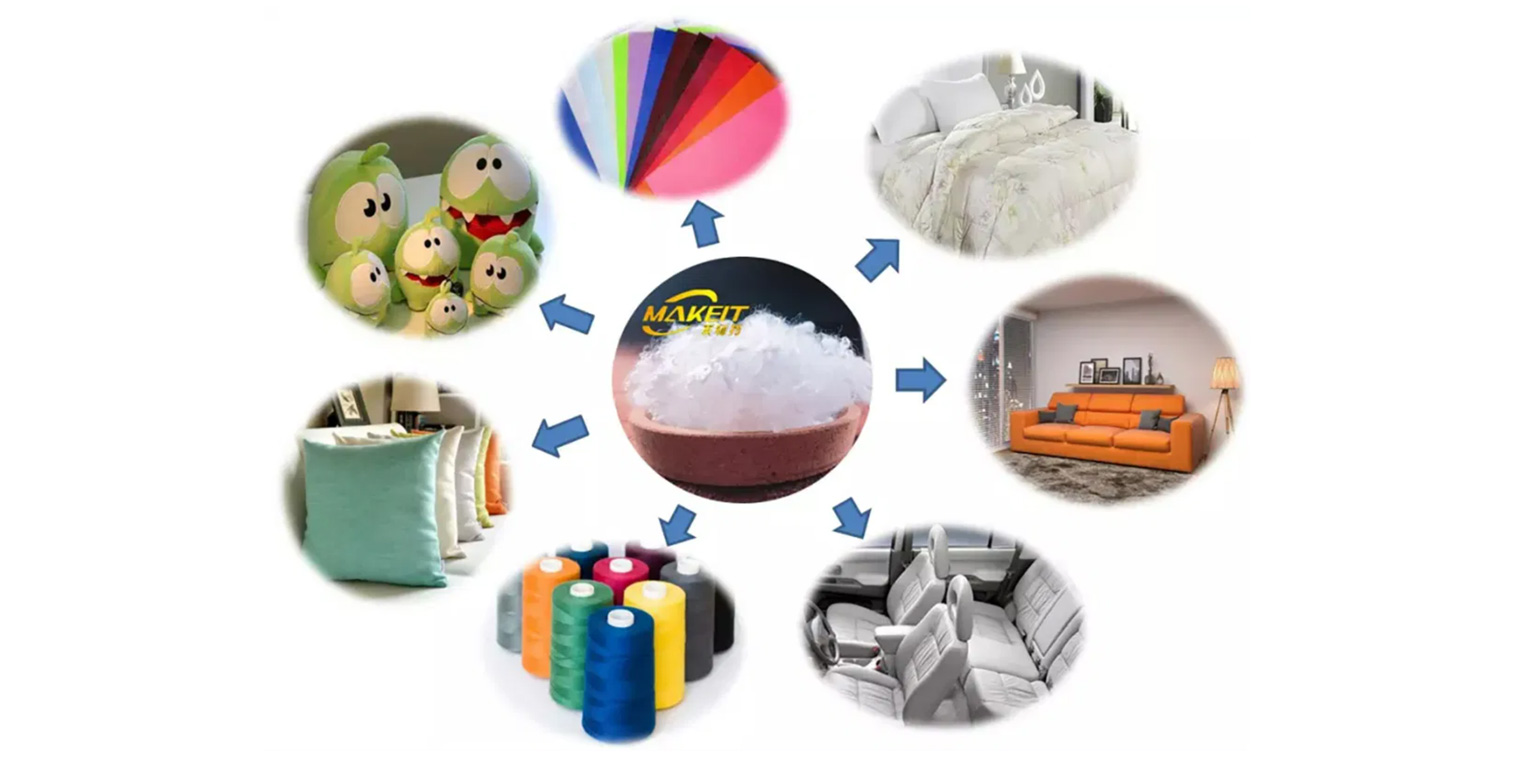Monomers with double bonds react to form long chains, typically involving free radicals or catalysts to initiate the process.
Specific catalysts or initiators are used to control the polymerization process, ensuring desired molecular weight and properties.
Monomers with two functional groups react, releasing small molecules like water, to form polymer chains through step-growth mechanisms.
The polymerization processes link monomers into long chains, creating polymers with specific characteristics tailored for various applications.

Choosing the right polymer for a specific application involves evaluating several critical factors. Mechanical properties such as tensile strength, flexibility, and impact resistance are essential to ensure the material can withstand the intended use. Chemical resistance is crucial for applications exposed to harsh chemicals or environments. Thermal stability determines the polymer’s performance under varying temperatures. Cost considerations include both the raw material price and processing expenses. Processing requirements, such as ease of molding or extrusion, also play a significant role. Consulting material data sheets provides detailed information on these properties, and collaborating with material scientists can offer expert guidance to make the optimal choice.
Assess the polymer's ability to withstand forces and stresses without breaking or deforming, crucial for structural applications.
Evaluate the polymer's performance at various temperatures, ensuring it maintains integrity under heat or cold conditions.
Determine the polymer's resistance to chemicals, solvents, and environmental factors, important for durability and longevity.
Consider the need for flexibility or rigidity and whether transparency is required, depending on the application's functional and aesthetic needs.
Contact With Us:
E-mail: kevin@neolianda.com
Have a Questions? Call Us:
Add:
Room 601, Building 2, Shihua Dibo Building, Li Yi Road, Xiaoshan District, Hangzhou, Zhejiang Province, China